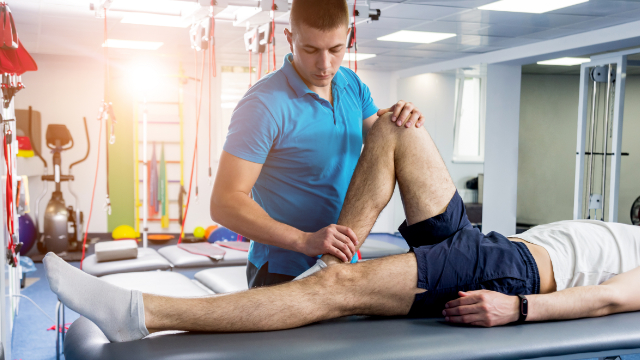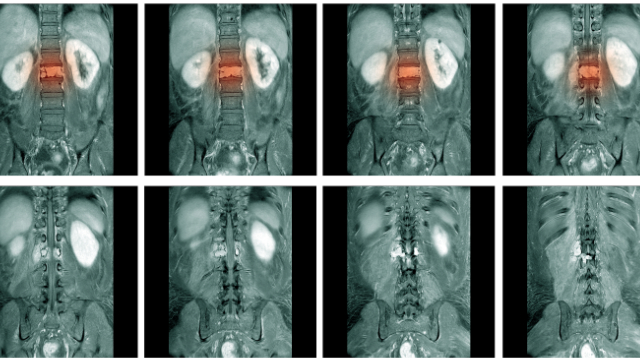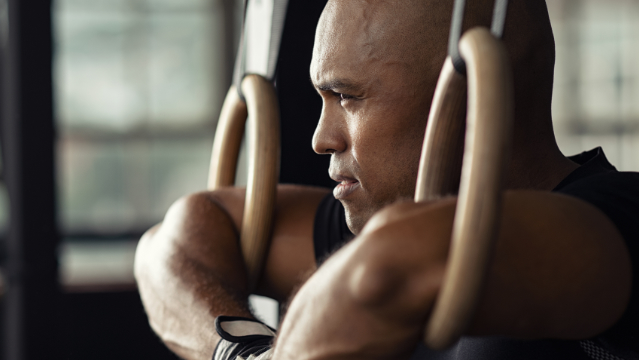
October is National Physical Therapy Month, which gives physical therapists nationwide an opportunity to highlight and celebrate the countless benefits that our profession can provide. In honor of this important month, we’d like to discuss the dangers of using opioids for pain and explain why physical therapy is a much safer and more effective option.
Any amount of pain can be a nuisance to your life, especially when it lasts for a while. Everyone deals with pain differently, and there are a number of options available to treat it. One is narcotics and pain medications like opioids, which have been garnering significant national attention on account of the devastating problems that they have played a major role in creating.
Opioid use in the U.S. is alarmingly disproportionate to the rest of the world
In addition to the coronavirus pandemic, the U.S. has also been encumbered by an opioid epidemic for many years due to the over–prescription of these drugs. Although our country represents less than 5% of the world’s population, we consume more than 80% of the global supply of opioids. The number of opioid prescriptions increased by 600% from 1997–2007, and there has been a threefold increase in the abuse of these drugs over the past few years.
These shocking figures show just how big of a problem opioid use is in the U.S. While there are many patients that truly need opioids due to pain that can’t be treated with anything else, many others are using them for the wrong reasons. These individuals are usually looking for a “magic bullet” to immediately fix them, and opioids can often give them the most immediate short–term relief, even if it doesn’t solve their problem. In other cases, patients are prescribed opioids to help them deal with pain following surgery. Sadly, this can also have some negative effects.
Studies have shown that patients who continue to use opioids after surgery have worse outcomes than those who don’t. This has been seen with a greater number of symptoms, more stress, more disability, and higher tolerance for opioids. This higher tolerance for opioids is very dangerous and can lead to addiction if the drugs are taken for long enough. This is why many people who are prescribed opioids after surgery or for an injury eventually develop addictions. They often become too reliant on the drugs during their recovery and are unable to stop taking them afterwards.
Physical therapy effectively addresses pain instead of ‘masking’ it
Physical therapy, on the other hand, offers a wide range of benefits that far outweigh any risks involved. Unlike narcotics, which are only meant to mask the perception of pain, physical therapists prescribe interventions that are designed to improve the mobility and stability of a painful area. In effect, this approach works towards correcting the structural issues responsible for the patient’s pain in a safe and gradual manner.
In addition, physical therapy teaches patients how to accurately perform a variety of exercises on their own to target their painful condition. All patients are instructed to continue performing these exercises after completing their treatment program, which gives them the opportunity to keep improving and experience a successful long–term outcome.
Physical therapy is appropriate for all ages and activity levels, and it can be used to address just about any condition, injury, or disorder that affects movement. For these reasons, we strongly recommend seeing a physical therapist quickly if pain is getting in the middle of you and the things you love. Following this route will also reduce your chances of being prescribed opioids at any point.
In our next newsletter, we discuss the ways that physical therapists can help you overcome orthopedic problems and return to your desired level of physical activity.








